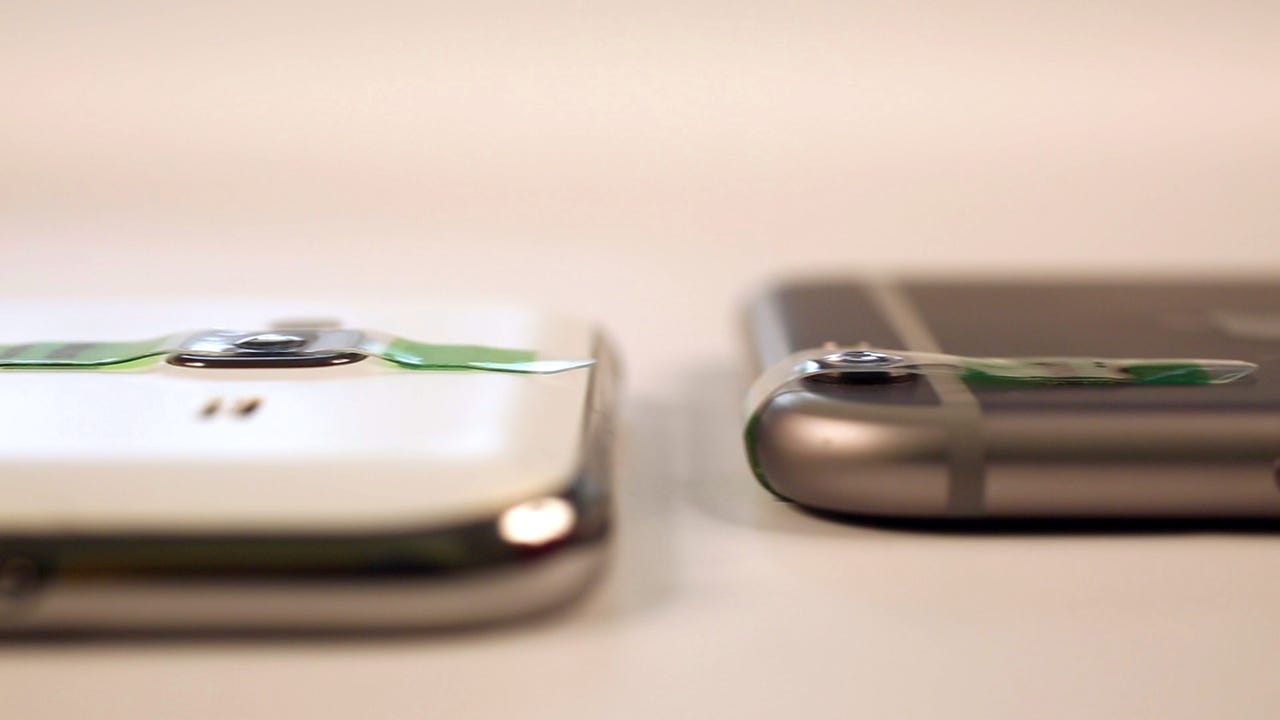How these tiny $17 lenses can turn your smartphone into a microscope


Blips lenses are designed to turn virtually any mobile device's camera into a digital microscope.
We use smartphones to talk, chat, play, and, by getting directions, explore the world we walk or drive through. Very soon, thanks to an Italian startup, we will also be able to use smartphones to explore the micro-world.
Smart Micro Optics, a spin-off from the Italian Institute of Technology (IIT), has developed a set of two lenses called Blips that for €15 ($17) transform virtually any mobile device's camera into a digital microscope that can magnify subjects up to 30 times, or 80 times using the zoom.
That magnification means one can take high-resolution pictures or shoot videos of an insect as small as a dust mite or, with the help of a prepared slide, count the red blood cells in a blood sample.
"Our dream is to put a high-performance microscope in everyone's pocket, opening up opportunities for people to learn science or simply having fun in discovering firsthand the world at the micro-scale," Andrea Antonini, who co-founded Smart Micro Optics with his former IIT boss Tommaso Fellin, tells ZDNet.
The size of a lentil, Blips are, according to its creators, the thinnest microscope lenses for smartphones and tablets in the world, as they add just 1.5mm of thickness to the device.
Photos: These tiny $17 lenses can turn your smartphone into a microscope
As the patent-pending technologies behind Blips are still covered by secrecy, Smart Micro Optics declines to reveal many details about the materials and processes used in the lenses' production.
All they say is that they are made of various kinds of plastic, which provide a better refractive index than silicone, a material often used in other similar products already on the market.
With a top surface designed to be non-sticky to help the product remain dust-free and be easier to clean, the lenses adhere to the phone camera's glass through electrostatic attraction.
To further enhance the stability of Blips, two reusable bands of adhesive tape, designed to stick to any surface, are placed on the supporting flexible film. These bands increase the portability of Blips and, their creators hope, make them more useful.
"They can be permanently placed over the camera's lens or simply left attached to the back or front side of the phone ready for use," says Antonini, who has at least five Blips stuck to the rear of his Samsung S3.
Antonini, a physicist, started Smart Micro Optics while he was working at the department of Neuroscience and Brain Technologies at the IIT, where he researched how to apply nanostructure technologies to optics for neuroscientists.
"Smartphones were not what we were focusing on but I thought it could be fun to make something for everyday use out of what I was researching," he says.
Since the patent-pending technologies behind Blips were developed within the IIT, the institute holds the rights and allows the startup to use them for its commercial products in exchange for royalties on future revenues.
Smart Micro Optics is Antonini's second run as an entrepreneur. In the mid-2000s, he had set up a company dedicated to concentrated solar-power technologies, where he worked for six years. "I like it when you find a link between advanced research and business," he says.
So far, the company has not sought out venture capital or angel investors. It opted instead for the Kickstarter platform and a crowdfunding campaign that closed late last month. It raised €218,624 ($242,400) from 5,290 backers.
For about €15, users could pre-order a package with a pair of lenses: Blips Macro, which achieves a resolution of about eight microns that allows, for instance, high-resolution photos or videos of insects, and Blips Micro, which has a resolution that can be even less than four microns, making it good for observations that reach the cellular level.
"Before turning to investors we want to see how customers react to the product and create some buzz around the brand," Antonini says.